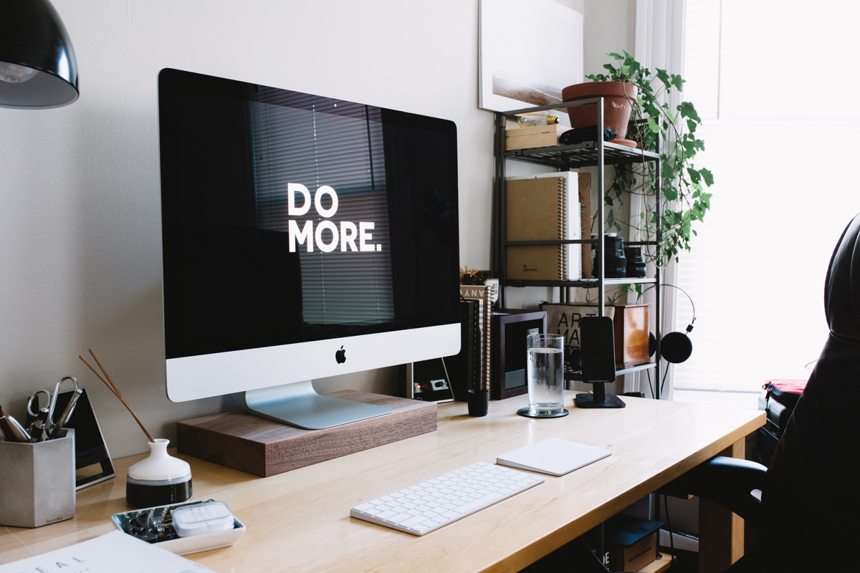
You connect with people, decide and do things, manage your team, promote products/services, do business - this is how you live every day. No matter what you do, you can make a good use of email and thus, you can connect more, promote products/ services effectively, manage team efficiently, and live better.
One of the most powerful tools that technology has brought us for free is email. Here is how you can turn email into your most effective assistant.
Use proper words: When you are writing, you are leaving your communication to words. Be careful with words. Choose the right words, use dictionary or take a training, if required.
Don’t write long emails: Size of your email matters. Write short and effective emails.
Make people read your email: Subject line is your banner. People will click on your email based on how attractive your subject line looks. To make people read your email, write the subject line they want to read.
Avoid starting a discussion through email: Try not to start and continue a discussion through email, if the situation permits because what you can achieve through a face to face communication is often hard to achieve through an email. Moreover, there is the chance of miscommunication because an email also allows the recipient to interpret things according to his/her perspective.
Reply on the same day, mostly: Email is about connection. If your waiter assures you to come back with food in 5 minutes and doesn’t show up in 30 minutes, you lost connection. So does your emails, reply on the same day.
Attachment management: Never attach the whole document, just take the snap of necessary area of data and attach to an email. For instance, if you are sending a report that is written in Excel, select the area, set for print, go to print, print with primo pdf, attach only the required information in pdf - don’t send the whole excel file.
Enable smartphone/smartwatch notification: Enable your smartphone and smartwatch to get email notification on the go.
Multiple email address: Having multiple email address is good. It helps you stay organized. Here are the types of emails you can create:
- Work email
- Personal email
- Subscription-only email
Don’t use your work email address for facebook sign up, use a separate one. Create purpose based multiple email addresses, which you can use in a single app. It helps you to stay focused and organized.
Email for subscription purpose: Create an email address for subscription to different websites and blogs that you want to follow. For instance, you can sign up for notifications on professional development training in this form.

Use inbox - the latest email app from Google: In addition to Gmail, use inbox, it has options to manage email as tasks.
Let Google remind you through email: If you are not using Google calendar, start using it now. Insert your to-do list with planned time schedule in Google calendar. Synchronize your email address with calendar, it will help you get email notifications for your next appointment. Also, you can add a schedule plan to calendar directly from the email you receive.
Use Google drive: Don’t always use an attachment, use a link in your writing in case you are working with a shared document located on Google drive. Use Google Drive, a cloud service of Google. It gives you the benefit of having access to files from anywhere.
Set a schedule to check email: Set a schedule to check email. Avoid checking all the time.
Use email for record management: Always reply keeping the same subject line, in case you want to keep the conversation recorded and to be referred later. It will help you to track information in future.
CC and BCC: Make a good sense of using your CC and BCC.
Solve problems with email: The thumb rule for solving a problem is - never express your negative emotions in an email. There is a proverb that peace happens to a peaceful person. When you are a part of a problem - don’t react, let the time pass.
Time is a great healer. Center yourself, connect with your inner self - your true self. Separate the situation and your thoughts about it. Now see the thought only. The person who is seeing the thought is the real you. You are not your thoughts. Now be you. Remember it, instill it in you. Now come back to the problem. See it objectively. Find a solution. Write it down. Email it.
Know which emails not to respond: Some emails are to avoid, know them.
Cover Photo by Carl Heyerdahl on Unsplash
